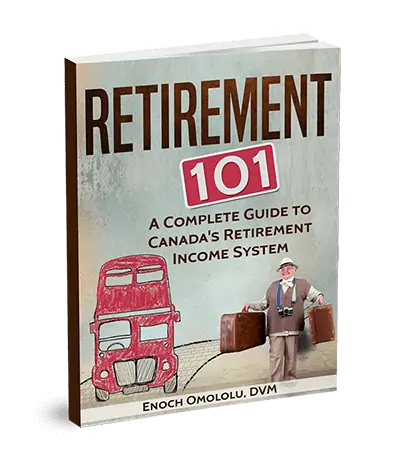The pension income tax credit (PITC) is a non-refundable tax credit that can be claimed on eligible pension income.
The tax credit allows seniors to save on taxes payable by giving them an annual tax credit on their first $2,000 of pension income. Depending on your marginal tax rate, $2,000 of your pension income becomes tax-free, or you effectively pay a lower tax rate (federal and provincial) on the amount.
Income Eligible for the Pension Income Tax Credit
Pension income that’s eligible for the pension income tax credit is dependent on your age – whether you are 65 years (or older) or under 65 years of age.
Individuals aged 65 or older
- Income from a Registered Retirement Income Fund (RRIF), Life Income Fund (LIF), and Locked-in Retirement Income Fund (LRIF)
- Life annuity payments from a superannuation or pension plan
- Income from certain foreign pensions
- Annuity payments from a Registered Retirement Savings Plan (RRSP) and Deferred Profit Sharing Plan (DPSP)
- Income from regular annuities
- Income as a result of an election to split pension income.
Individuals under 65 years
- Life annuity payments from a superannuation or pension plan
- RRIF payments received as a result of the death of a spouse or common-law partner
- Annuity payments received from an RRSP or DPSP as a result of the death of a spouse or common-law partner
- Income from certain foreign pensions
- Income as a result of an election to split pension income.
Income Not Eligible for the Pension Income Tax Credit
Retirement income that does not qualify for the pension amount include:
- Canada Pension Plan (CPP) benefits
- Old Age Security (OAS) benefits
- Death Benefits
- Retiring Allowances
- Quebec Pension Plan benefits
- Regular RRSP withdrawals other than annuity payments
Potential Tax Savings Using the Pension Income Tax Credit
The maximum tax savings available through the PITC will depend on your source of pension income, tax rate, and provincial pension income amounts.
For an individual in the lowest marginal tax bracket, no tax is payable on the first $2,000 of eligible pension income – equivalent to $300 in tax savings ($2,000 x 15%).
Add in tax savings from the provincial pension amount (between 4% and 16%), and total tax savings are anywhere from $351 to $449 for 2023.
For an individual in a higher marginal tax bracket, some taxes will still be payable after deducting the savings from the tax credit. However, the overall tax burden is lower.
Tax Strategies Using the Pension Tax Credit
Transfer your RRSP to an RRIF: At age 71, you must convert your RRSP to an RRIF, purchase an annuity, or withdraw it as cash. If you’re 65 years old or older (less than 71) and do not have other eligible pension income, you can take advantage of the pension income tax credit by electing to transfer some of your RRSP assets to an RRIF.
For example, if you’re 65, consider transferring $12,000 to an RRIF and draw out $2,000 annually for the next six years tax-free (until you turn 71). If you don’t need the funds, you can deposit the $2,000 received into a TFSA, where it continues to grow tax-free.
Income Splitting: You can split eligible pension income with your spouse or common-law partner, thus enabling both of you to claim the tax credit. This makes sense if one spouse doesn’t have an income eligible for the pension tax credit.
Form T1032 is required for pension income splitting.
Related:






@Steve. Thanks! I look forward to reading your article.
Is there an age limit if you’re under 65 to claim this credit? Some sites say you have to be 55 or older but the information on CRA implies no such thing that I can find. Tx
Can this income tax credit be used every year on one’s declaration ?
Thank you.
@Karin: Yes, you can use it every year if you have eligible pension income and are 55 years of age or older.
Actually you have to convert to RRIF by the end of the year you turn 72 now. Your article says 71.
Are withdrawals from a 401K eligible for the pension income tax credit?
Does British pension income reported in Canada qualify for the $2,000 Foreign Income Tax Credit if no foreign tax was paid. That is, the foreign pension is reported in whole to CRA? I’m baffled by the lack of clarity. Thanks Enoch.
@Robert: That’s a tricky one and unfortunately I don’t know the answer.